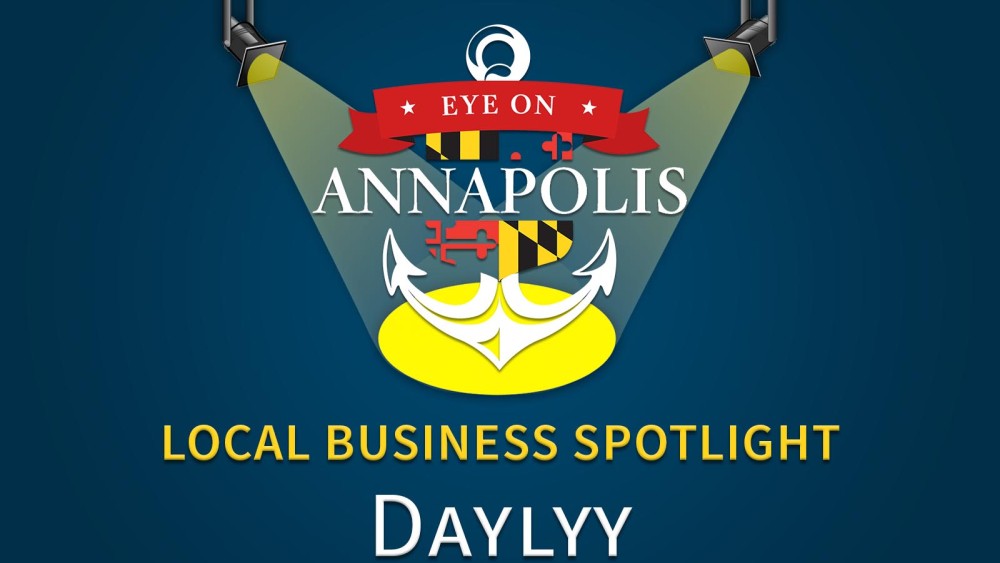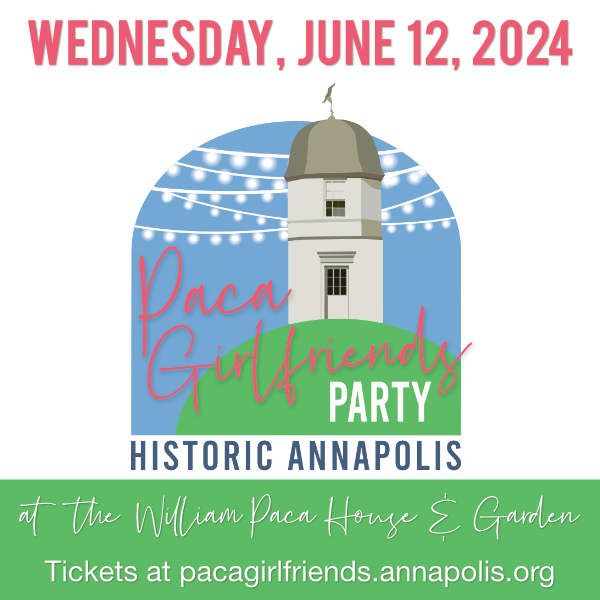
 For the second consecutive year, Maryland Governor Larry Hogan has proclaimed September International Underground Railroad Month. The statewide commemoration salutes all who worked to end slavery and pave the way for the more comprehensive civil rights movement that followed in the United States.
For the second consecutive year, Maryland Governor Larry Hogan has proclaimed September International Underground Railroad Month. The statewide commemoration salutes all who worked to end slavery and pave the way for the more comprehensive civil rights movement that followed in the United States.
Annapolis and Anne Arundel county attractions and historical sites are among many across the state that have helped earn Maryland the designation of being the most powerful Underground Railroad storytelling destination in the world.

Throughout September, Visit Annapolis & Anne Arundel County invites area residents and visitors to take advantage of activities and events that help tell the ongoing story of humanity’s quest for self-determination and freedom.
William Paca Garden Guided Tour
William Paca Garden
186 Prince George Street, Annapolis, MD
Thursdays, Fridays, and Saturdays
10:00 a.m., 11:00 a.m., Noon, and 1:00 p.m.
Historic Annapolis’s tour of the William Paca Garden will discuss what life was like for the bound and enslaved laborers that Declaration of Independence signer William Paca owned and is believed to have owned. By 1783, 11 enslaved individuals were living in the Paca household. They included women named Affey, Bett, and Sall, and a girl named Poll. In June 1766, Paca ran an ad in the Maryland Gazette newspaper seeking the return of a runaway convict servant named John Morgan. An expert garden guide will also introduce participants to the reconstructed two-acre 18th-century pleasure garden behind Paca’s National Historic Landmark home.
Thursday, September 10
Virtual Lecture: Slavery and Servitude in Early Annapolis
7:00 p.m. to 8:00 p.m.
Virtual Lecture via Zoom. Advance registration required
In early Annapolis, bound artisans labored in craft workshops, public buildings, domestic interiors, and at construction sites. The artisans – including enslaved, indentured, and convict servants – comprised the majority of the labor force in Annapolis and elsewhere in the British Atlantic World. Annapolis’s great Georgian mansions, colonial furnishings, and artworks – as well as the Maryland State House – are stunning examples of their skill and expertise. Although they worked for and with the city’s most famous free white artisans, including Charles Willson Peale, William Buckland, John Shaw, and William Faris, enslaved and indentured artisans are often left out of studies addressing craft in early Annapolis. In her presentation, Bethany McGlyn will use primary sources, including newspaper advertisements, tax records, account books, objects, and buildings, to shed light on the lives and work of several enslaved and servant artisans.
Tuesday, September 15
Virtual Lecture: Tubman Travels
7:00 p.m. to 8:00 p.m.
Virtual Lecture via Zoom. Advance registration required
Jim Duffy, author of Tubman Travels: 32 Underground Railroad Journeys on Delmarva, will share true-life stories of the Underground Railroad. He will introduce his audience to the small towns of Maryland’s Eastern Shore and Delaware, where men and women set out against all odds in search of freedom from slavery. In addition to sharing the stories of well-known escaped slaves, Harriet Tubman and Frederick Douglass, Duffy will shed light on the challenges experienced by some lesser known escapees whose journeys out of slavery were equally harrowing and courageous.
Wednesday, September 16
African American Heritage Tour
Tour departs from Market House Park, across from City Dock, Annapolis, MD
6:00 p.m. to 7:30 p.m.
In partnership with the Kunta Kinte-Alex Haley Foundation, Watermark’s award-winning tour traces the journey of African Americans in Annapolis through the centuries and explores the positive impact people of color have had nationally and internationally. Attendees will visit the statue of Roots’ author Alex Haley and learn of his ancestor Kunta Kinte’s arrival at City Dock in 1767. In the 1800s, the Underground Railroad played a significant role in the Chesapeake Bay region at a time when the tobacco economy depended upon the labor of enslaved and free blacks. During the 19thcentury, Maryland was home to more free African Americans than any other state. Outside of the State House, participants will learn about newly installed statues of Harriet Tubman and Frederick Douglass in the Old House of Delegates Chamber and about Maryland native Thurgood Marshall, who became the nation’s first African American Supreme Court Justice in 1967.
After exploring the area’s rich African American heritage, visitors are invited to linger longer to experience al fresco dining, shopping, on the water activities, and more before calling it a night at one of the destination’s historic bed and breakfasts or hotels. The Visit Annapolis & Anne Arundel County website provides additional information and resources to help individuals make the most of their visit.













































